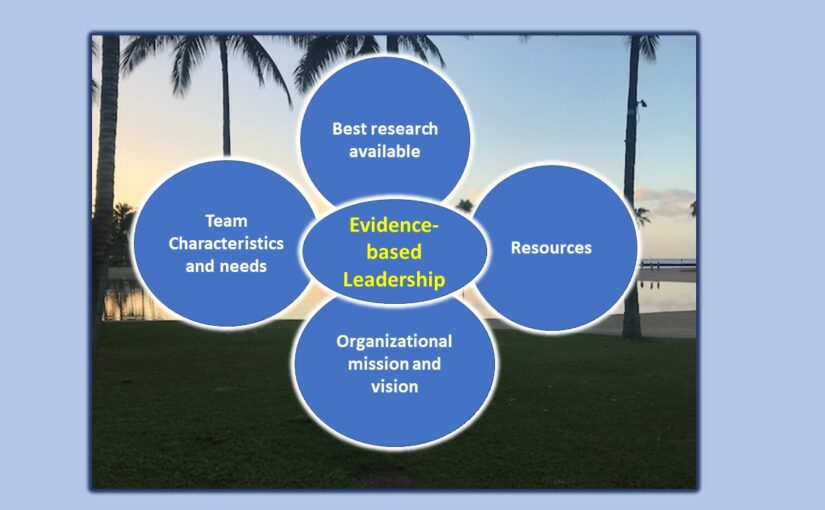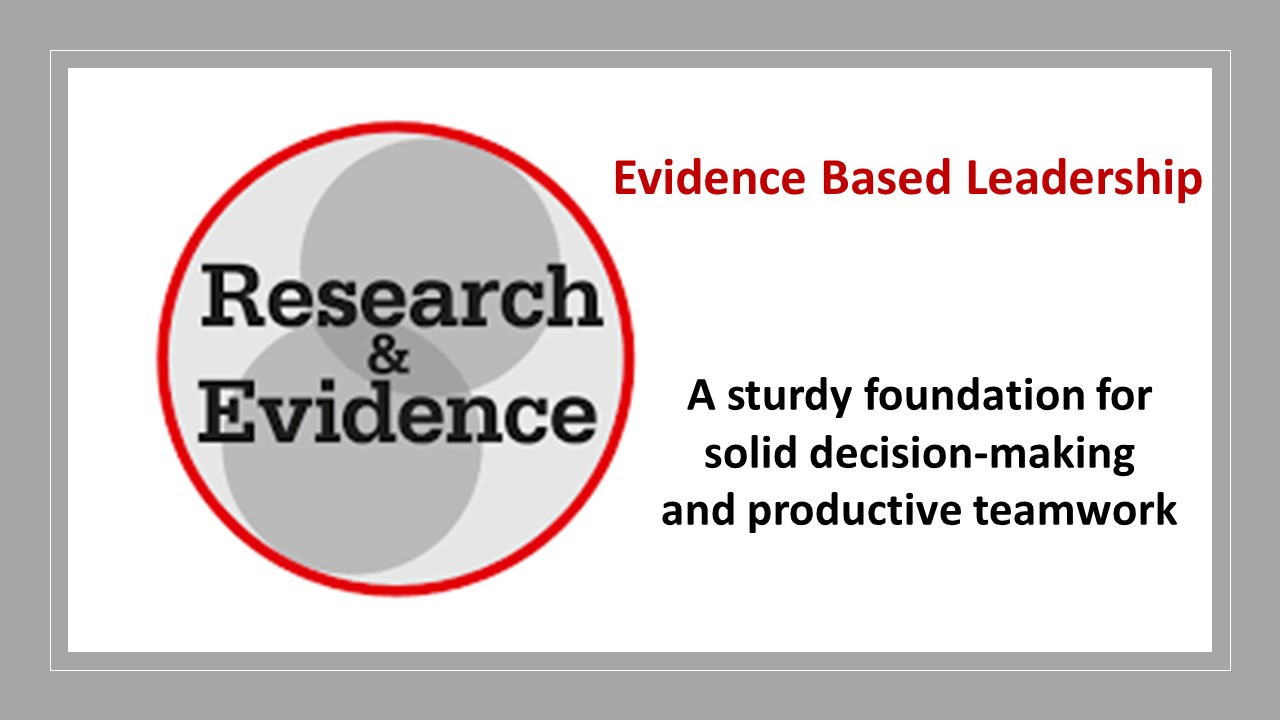By Thomas Davis, DNAP, MAE, CRNA
During my four decades as a nurse anesthetist, I have seen many changes in our profession and our day-to-day management of surgical cases. Back in the day, I was just as proud of my hospital-based diploma as our current doctorate level graduates are of their terminal degree. Upgrading entry level education first to the master’s degree and now the Doctorate level has mandated that nurse anesthetists be active players in gathering and applying evidence to case management.
The Johns Hopkins describes evidence-based practice as the integration of research, clinical expertise, and patient values to ensure the safest and most effective outcome for patients. Throughout our workplaces, policies and procedures have been developed based on scientific evidence obtained through peer reviewed research and patients have benefitted from the upgrade in practice. Now it is time to apply the same evidence-based activities to the process of leading and managing perioperative teams, including nurse anesthetists.
Leadership matters.
Employee engagement and morale affect patient safety, satisfaction and ultimately the outcome from the treatment that they receive. Worktango.com notes that leadership is the driving force in determining employee engagement and productivity. Connecting the dots, effective leadership drives employee engagement which, in turn, improves patient safety, satisfaction, and outcome. Truly, leadership matters and healthcare leaders at all levels, including Chief CRNAs, must incorporate the principles of evidence-based practice to their leadership style as they interact with their team. Let’s get started.
Identify your needs.
Improved team dynamics starts with an awareness that the status quo can be changed and that those changes will augment both morale and productivity. What are the greatest challenges dragging your team down? Common barriers to high productivity include poor communication, lack of resources, unfair work assignments, production pressure, inappropriate leadership style, or workplace drama. To address your unique challenges, designate a team meeting to openly identify and discuss the changes needed to improve your greatest needs. Listen attentively and take notes.
Gather evidence.
Only a scant amount of literature has been published specific to frontline healthcare leadership, however volumes of articles have been written about workplace dynamics. The Harvard business review, Forbes magazine, and Psychology Today are but three sources of information related to workplace dynamics…many more exist. Just as you would complete a literature review before updating best practice guidelines, use the same process to learn ways in which businesses have addressed issues like the ones that you face. A solution to your problem may already exist.
Develop a hypothesis.
Select a workplace issue that could be improved if you were to become a champion for change. Use the format commonly employed by Doctorate level students and create a hypothesis that includes the planned change as well as the desired outcome. Writing your theory in the PICOT format will clearly identify what you plan to change as well as a desired outcome that can be measured. Engage several allies on your team to review your plan and assist the implementation.
Implement the plan.
The best chance for successful change in the workplace requires buy in from team members. By including the team when identifying the problem and creating a solution, each member has skin in the game and a personal interest in the success of the proposed change. Conversely, surprising the team with a plan that they did not help develop is a sure way to provoke passive-aggressive behavior and sabotage.
Gather data.
Establish milestones that indicate progress and track numbers as you implement your plan. Take a “null hypothesis” mentality and assume that the change will not make a difference in the workflow or staff engagement and then gather data to prove yourself wrong. Some things such as compliance with the time out policy or postoperative handoff checklist can be tracked immediately whereas indicators of employee engagement, such as reduced staff turnover, may not be apparent for several years. Regardless, track numbers to document the effectiveness of your leadership.
Share your findings.
As previously stated, there is a paucity of research related to frontline healthcare leadership. By using a research approach to implementing change, you position yourself to collect data that can be shared with your peers. What may seem like a simple change in workflow to you can become valuable information to others who share similar challenges. Publishing in a peer reviewed journal is the gold standard for evidence-based practice however, sharing in a blog format can be equally helpful to other frontline leaders. Regardless, take an active role in expanding the body of knowledge by sharing your experience with others.
Join the movement for evidence-based practice by gathering evidence to support your leadership decisions. Rather than shooting from the hip, take a scientific approach to implementing change, develop a hypothesis, engage your team to develop a plan, collect data, and share with your profession. You can make a difference.
Tom is an experienced leader, author, and requested speaker…invite him to your next meeting. Click here for a video introduction to Tom’s current speaking topics.
Coming june 13th; Tips on using emotional intelligence in the hiring and teambuilding process.


